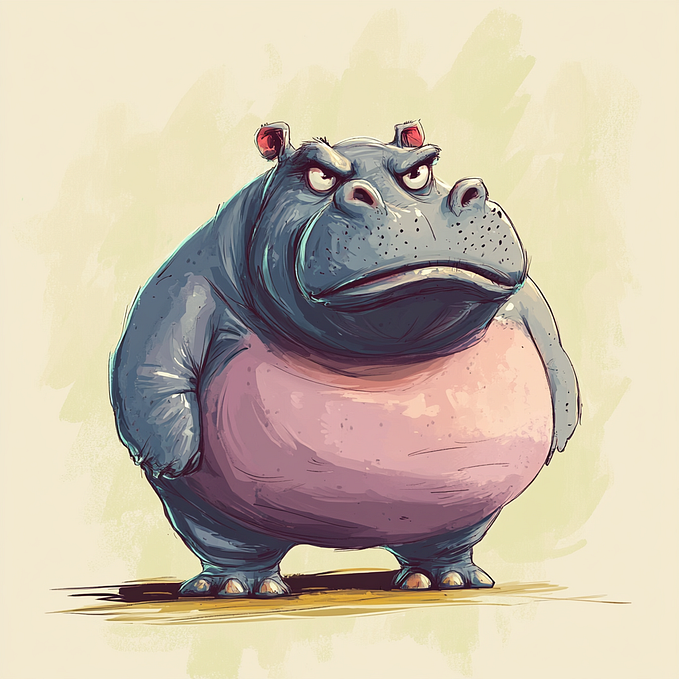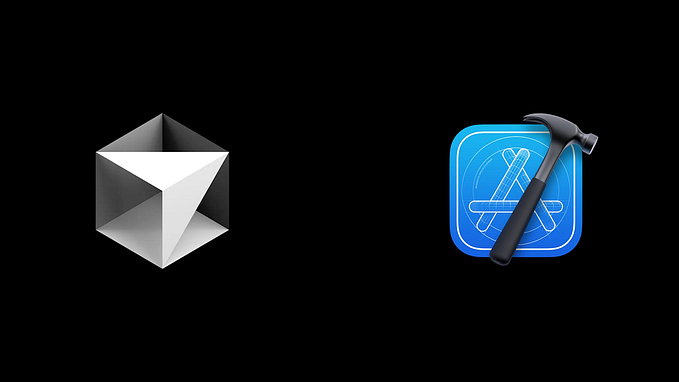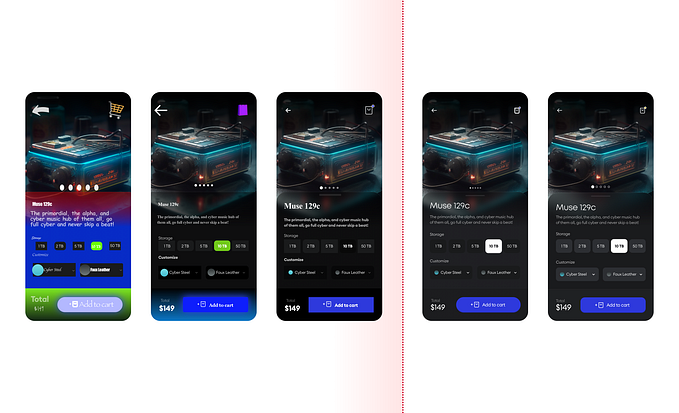
What is conceptual design?
Design starts with an idea. But how do we design an idea? Most of the time, we go through multiple iterations of the build-measure-learn cycle in which we move from the concept to production-ready design.
Conceptual design is the cornerstone of a design project.
In this article, we will discuss what conceptual design is, how it is different from production-ready, and the process of conceptual design.
Conceptual design
Conceptual design is a design that sets a foundation on which production-ready design stands. Think of it as a tool your team uses to establish the underlying ideas behind a design (core ideas) and visually express them. Conceptual design helps convey the company’s vision for how their final product might look and receive feedback on this vision from the target audience. As you might think, conceptual design occurs early in the design process, generally before you have strict requirements for visual design and technical limitations.
Conceptual design is typically used in the automotive industry. Back in 2016, at the Paris Motor Show, Mercedes-Benz presented its vision of electric vehicles (EV) — Mercedes-EQ concept. This concept was built around creating a modern luxury EV yet inherited many styling elements associated with modern Mercedes-Benz vehicles.
Production-ready design
Production-ready design is a design that users will interact with. It’s a design that should consider technical constraints and cost-of-production limitations. Production-ready design is created on top of the conceptual design.
To create a production-ready design, designers use conceptual design as a starting point and remove everything that is impossible or highly pricey to build. If we check the recent Mercedes-Benz all-electric vehicles, we will see many of the ideas that we saw in EQ are baked in their production-ready design of the EQS SUV, which was released in 2021.
Can we skip conceptual design and create production-ready?
No. You can’t have one without the other. The conceptual design phase is crucial because truly original creative sparks happen during this phase. Essentially, the concept is the plan that will be evaluated by the team responsible for product design execution and turned into a final product.
Why is it better to avoid working on the concept and production-ready design simultaneously?
When the same team of designers is responsible for the conceptual and production-ready design, the team is likely to build a slightly better version of the design available on the market. But why is this happening? It happens because designers start to think about constraints right from the beginning of the project. Instead of finding the answer to “How it might look like?” they begin to think about “How will our engineering team implement this?”
When designers work on the concept, they shouldn’t limit their creativity with restrictions and constraints. It’s essential to turn on the “Go-crazy” mode in which you explore the problem space in an attempt to find the most creative and innovative solution for the problem. It doesn’t necessarily mean that you need to reinvent the wheel while creating a concept, but you need to dedicate your full attention to visualising the intention behind the design and not asking questions “How will we build it?” or “What are our competitors doing?”
Conceptual design process
Here is the four-step conceptual design process
- Define the problem. What problem do you want to solve with your design? What is the goal of the design?
- Conduct research. All design concepts must be grounded in research. Learn about your target audience, their needs and wants, and what they might value in your design.
- Brainstorming and ideation. Organise your thoughts and ideas into a structure that can be used to design your concepts. At the end of this phase, you should have the concept clear in your mind.
- Visual exploration. Sketch your ideas on a piece of paper or digital canvas. If you have a few competitive ideas and are not sure which one is the best, you should sketch them all, hang them on the wall and compare them side by side.
Follow me on Twitter
This article was originally published at whitelight.co
Want To Learn UX?
Try Interaction Design Foundation. It offers online design courses that cover the entire spectrum of UX design, from foundational to advanced level. As a UX Planet reader, you get 25% off your first year of membership with the IxDF.
This post contains affiliate link(s)











